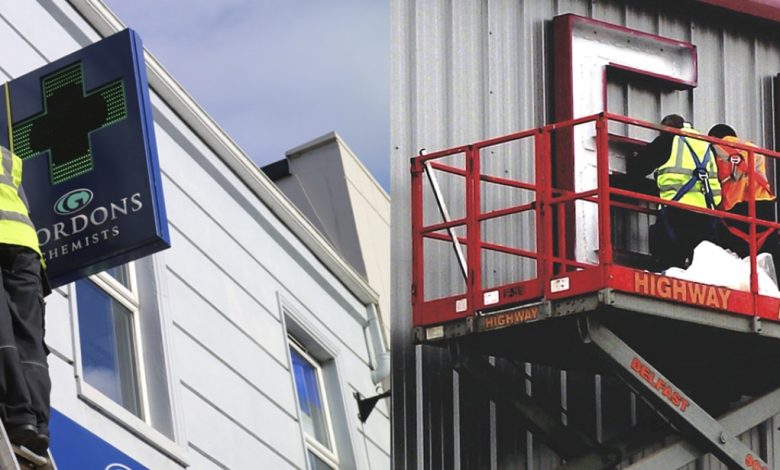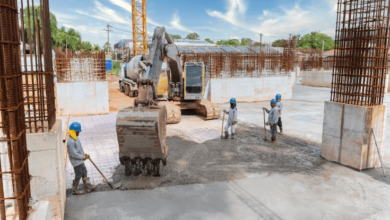5 Tips for A Successful Accessible Signage Installation
Tips for Accessible Signage Installation

When it comes to signage installation, accessibility is key. If a sign is not accessible, it can create difficulty for those with physical or visual impairments. To ensure a successful signage installation, there are a few important tips and tricks to consider.
In this blog post, we’ll share five tips for a successful accessible signage installation. Read on to learn more and make sure your next signage installation is up to code!
1) Work With a Qualified Installer
When it comes to installing signage, you want to make sure the job is done right. The best way to ensure your sign installation is successful and compliant with all local regulations is to work with a qualified installer. Sign shops are usually well-equipped to handle the installation of any type of sign you need, from exterior signs to ADA-compliant signs.
They will also be able to advise you on the best types of materials for your project, as well as the proper installation techniques. In addition, they can help with any necessary permits, ensuring that your installation meets all building codes and regulations. By working with a qualified installer, you can be sure that your signage installation will be done correctly and safely.
2) Get The Right Permits
Making sure you have the necessary permits for your signage installation is a key step in the process. Depending on the size and scope of your project, you may need to obtain permits from local government agencies or even state and federal agencies.
The sign shops you work with should be knowledgeable about what kinds of permits are needed to ensure that your signage is legally installed. If they don’t know, they should be able to help you find out what’s needed. Make sure all permits are obtained before installation begins to avoid any unexpected delays or legal problems.
Sign shops often offer advice regarding the type of permit needed and can recommend sign suppliers who specialize in specific types of signs. Additionally, sign shops can provide guidance when it comes to selecting an appropriate mounting system for the signs so that they are properly secured.
When working with sign shops, be sure to ask questions about the installation procedures and processes they use. As this will help ensure that the job goes smoothly.
Furthermore, sign shops often have maintenance programs available which can save time and money over the long run by keeping signs looking good and functioning well throughout their lifetime. Finally, having an experienced sign shop familiar with your specific application can make all the difference when it comes to a successful accessible signage installation.
3) Follow All Code Requirements
When it comes to installing accessible signage, it is essential to follow all code requirements. This can be complicated, so it’s best to work with a qualified installer to ensure compliance. Different states and cities have different codes. So, it’s important to research the applicable rules in the area you’re installing the signage.
Sign shops can help guide you in understanding and meeting all code requirements. They should be knowledgeable about the regulations related to accessible signage, as well as what is necessary for installation. Sign shops can also provide advice on the types of materials and construction methods needed to meet the necessary codes.
Additionally, they can help you navigate the permit process and find the right professionals for your project.
4) Use High-Quality Materials
When it comes to signage installation, the quality of the materials you choose makes a huge difference. To ensure your signs are safe and accessible, use only high-quality materials sourced from reliable sign shops. The type of material you should look for depends on the application and location of the sign. For indoor signs, acrylic is often a great choice.
For outdoor signs, aluminum or stainless steel is a better option. Your sign shop should be able to advise you on the best materials to use based on your specific needs. Whichever material you decide on, make sure it meets all code requirements.
5) Plan For Maintenance and Repairs
When it comes to installing accessible signage, planning for maintenance and repairs is essential. Regular maintenance and repairs will ensure that your signage remains in optimal condition, free from wear and tear.
If you are working with a sign shop, they should be able to advise you on the best course of action when it comes to maintenance and repairs. Make sure that they provide you with a comprehensive warranty that covers any potential damage that may occur due to regular wear and tear or other unexpected circumstances.
Additionally, if possible, it’s always a good idea to plan for periodic inspections of your signage to check for any necessary maintenance or repair work that needs to be done. Doing this will help to ensure that your accessible signage remains safe and functioning for many years to come.




